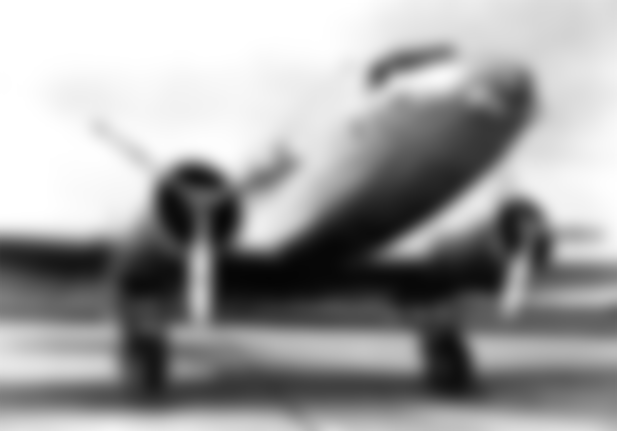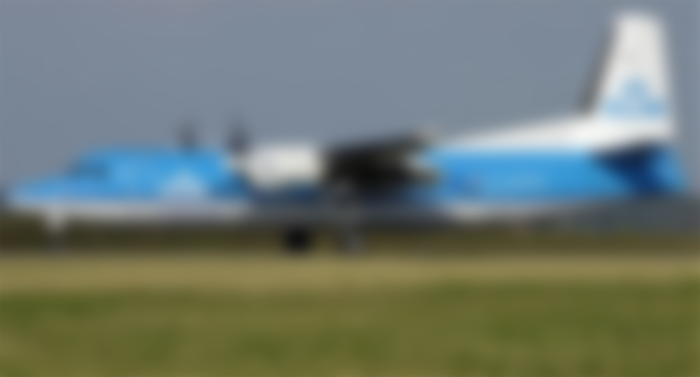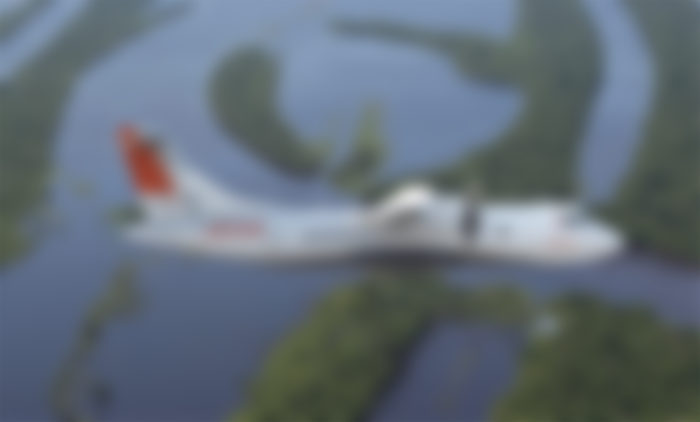The Douglas DC-3 is the airplane that changed the world. Known by an assortment of sub-types and epithets, most prevalently 'Dakota' in Britain and her states, and 'Gooney Bird' in the US, Donald Douglas' excellent creation is as yet the most-delivered carrier on the planet. The immense quantities of surplus military C-47s accessible after the Second World War, implied that basically every beginning up carrier (remembering Air Ceylon for 1947) started existence with Dakotas giving the lift.

KLM DC-2. Civility KLM.
The US Army's vehicle order (the free US Air Force wasn't shaped until 1947) chose the C-47 as the foundation of its stock on account of the sort's mix of operational straightforwardness, powerful plan and, urgently, critical payload. The insightful demand of American Airlines' CEO C.R. Smith that the DC-3 should have a more extensive fuselage than the first DC-2, permitting three lines of front seats, had a colossal effect. Those extra seven seats were the way in to the DC-3's business accomplishment as a traveler 'plane, liberating the carriers from depending on government air mail contracts for benefit. The approach of the conflict and the US military's requirement for enormous amounts of transport airplane saw the DC-3 created in exceptional numbers while demonstrating its value all throughout the planet.
Supplanting the Gooney Bird
Since the 1950s pretty much every producer has attempted to make a 'DC-3 substitution', with differing levels of accomplishment. Convair's CV-240, the Fokker F27 Friendship, Handley Page Dart Herald and Avro (HS) 748 were completely planned with the particular reason for presenting more dependable and amazing motors in a bundle with a high level wing and current frameworks to supplant the world's maturing armada of DC-3s. In the mean time in the Soviet Union, Antonov was copying Western creators with the An-24, by and large like the Fokker Friendship, as a substitution for the Lisunov Li-2, the Soviets' permit assembled variant of the DC-3.(See Oleg's airborne farm vehicles for additional on this entrancing story).
As history has appeared, large numbers of these models were just humbly effective, presenting with an assortment of carriers everywhere on the world for a long time. One of the longest lived is most likely the F27 family, with the updated Fokker 50 model actually flying in numerous nations. Oleg Antonov's vigorous and straightforward An-24 family likewise end up being a lasting top choice, actually serving in numerous spots of the Global South.

F50 at Schiphol. Copyright Aldo Bidini
De Havilland Canada ventured into this packed commercial center with the more modest DHC-6 Twin Otter and its greater stablemate the DHC-8, which transformed into the Bombardier Q arrangement. Saab Aerospace of Sweden additionally entered the market with the Saab 340 out of 1984. In 1981 a joint endeavor between Aérospatiale of France (presently Airbus) and Aeritalia of Italy was shaped and named Avions de vehicle régional, or ATR. The consortium's first airplane, the ATR 42, entered aircraft administration in 1985. These three sorts would be among the last propeller-driven business airplane to enter administration.

ATR 42. Photograph graciousness ATR.
Saab and Bombardier's tranquil exit
Saab had started life as a producer of vehicles prior to entering aviation. The organization's contender jets were flown by two of the four Scandinavian flying corps, and when the organization chose to enter the common market an association with Fairchild Aircraft of the USA was viewed as the appropriate response. The Saab 340, as the creation airplane is known, was a fruitful plan, getting outstanding amongst other selling aircrafts in its group by the mid 1990s. Regardless of its business achievement the airplane was a steady monetary weight to the producer, and creation was ended in 1999 after 460 planes had been conveyed. The bigger Saab 2000 additionally stopped creation in 1999 with just 63 constructed. The organization contended that the airplane couldn't contend in the packed local market, as contender types were sponsored by their separate governments. The Swedish government were not keen on offering comparative help for Saab's local airplane program, so the organization was constrained to shut it down. Nonetheless, numerous Saab 340s stay in aircraft administration, with Regional Express (Rex) of Australia the biggest current administrator with 57 units.

Rex Saab 340. Copyright Ben Cambridge
Canadian organization Bombardier started as a maker of snowmobiles, a sort of vehicle intended to fill a novel vehicle specialty in Canada's unforgiving winter. The organization's endeavor into aviation started in 1992 with the acquisition of Canadair from the public authority and proceeded with more acquisitions during the 1990s. A fruitful line of corporate and territorial planes (the CRJ family) was enhanced with De Havilland Canada's turboprops, rebranded as the Bombardier Q arrangement. This was very effective, bringing about in excess of 500 Q400s conveyed and more underway. Yet, the COVID-19 pandemic managed an immense hit to the kind, as carriers wherever were significantly disabled, including the greatest Q400 administrator British local aircraft Flybe, which stopped activities last year.

Flybe Q400. Kindness Wikimedia
For quite a while, the corporate parent of the Bombardier bunch had been unobtrusively attempting to leave flight by shedding the different organizations. The imaginative C-Series local fly, created at an expected expense of USD 6 billion, was offered to Airbus (for $1) who marked it the A220 and has since delighted in significant deals accomplishment with the sort.
The rights to make and support the turboprop range were offered to Viking Air, who returned to the De Havilland Canada name, having effectively gained the more modest Twin Otter and was producing it in restricted amounts. The local fly program, known as the CRJ, was offered to Mitsubishi of Japan in 2019.
Early this year (2021), Viking reported that De Havilland Canada would stop creation of the Dash 8/Q400 line once the last airframes on the request book were fabricated. The organization felt that repercussions of the pandemic had made new requests evaporate, and fabricating 'white tails' (airplane without a proprietor) would be too extraordinary a monetary danger.




